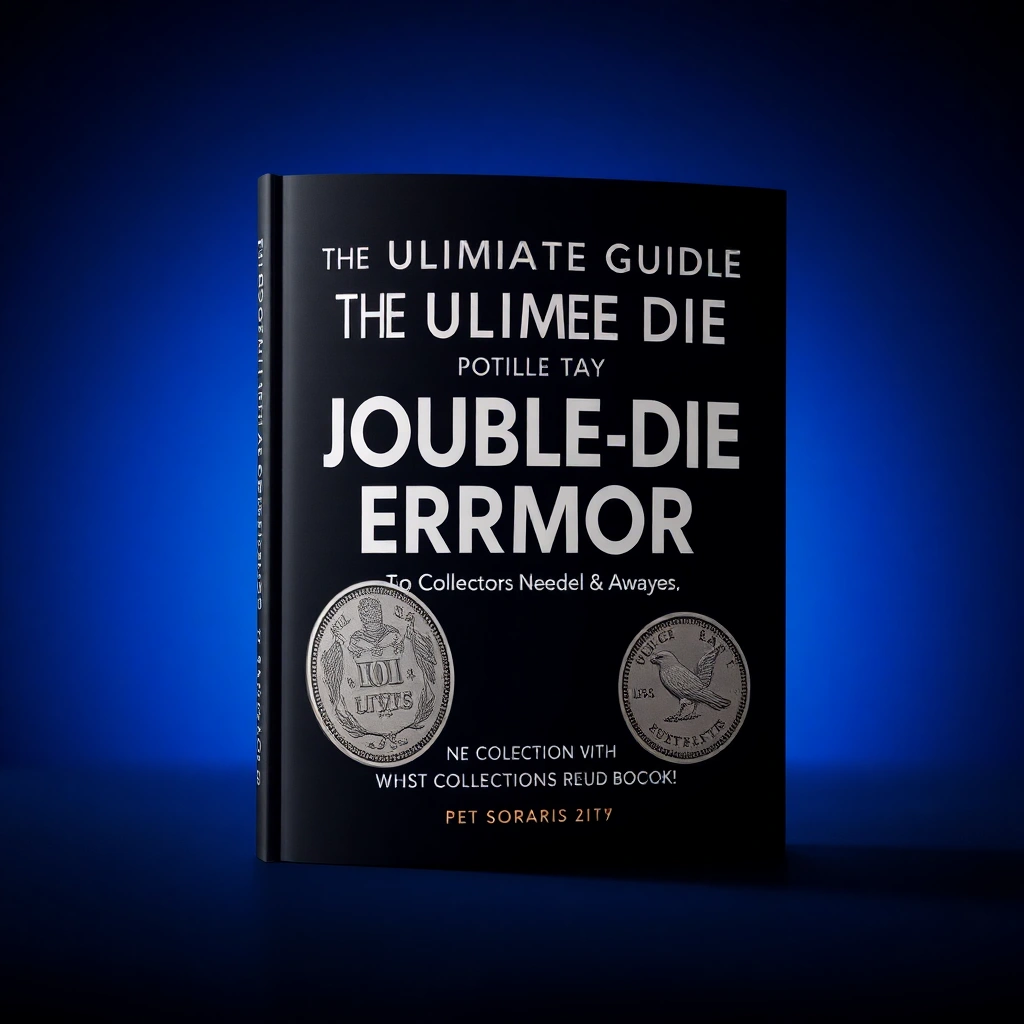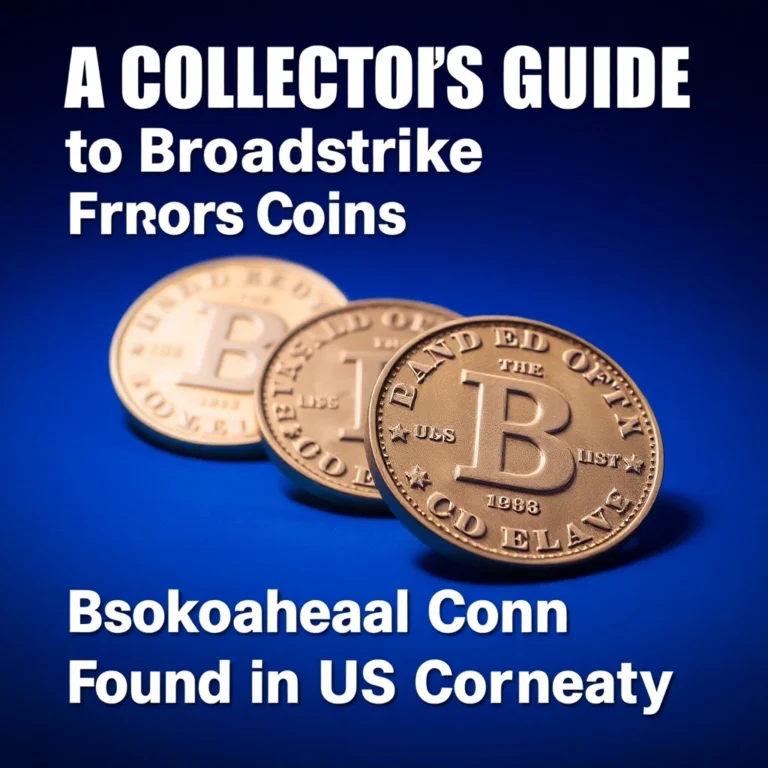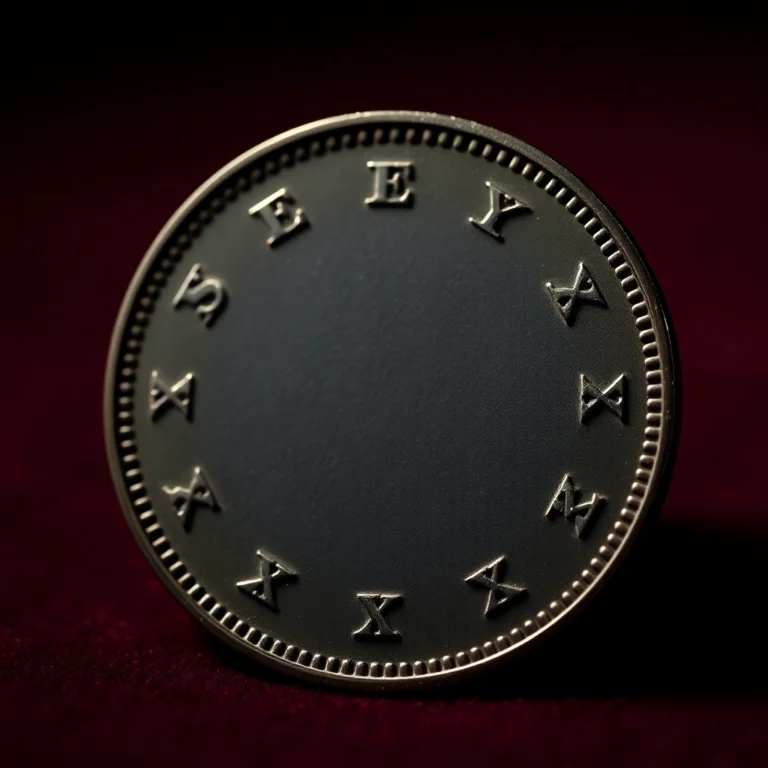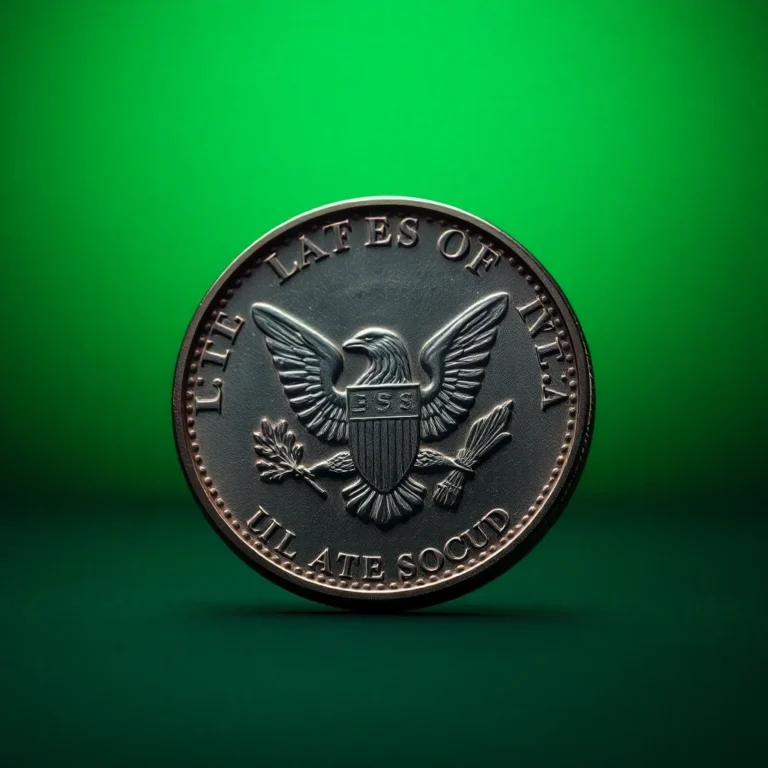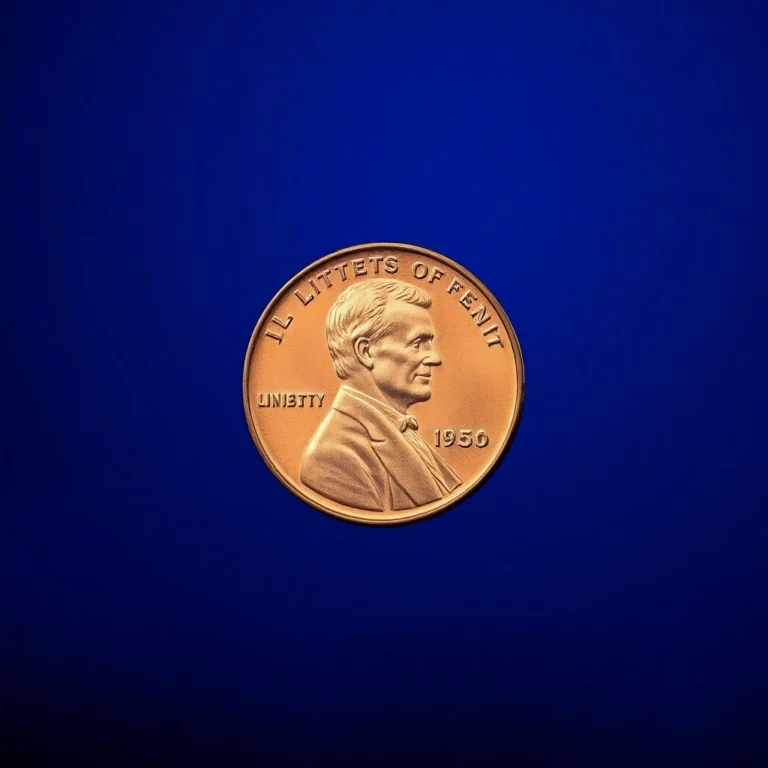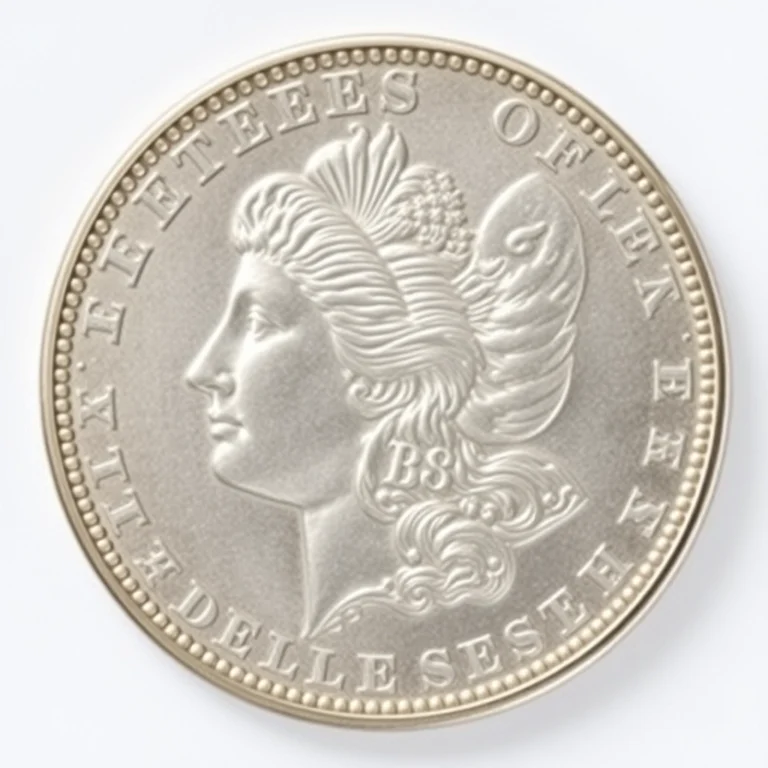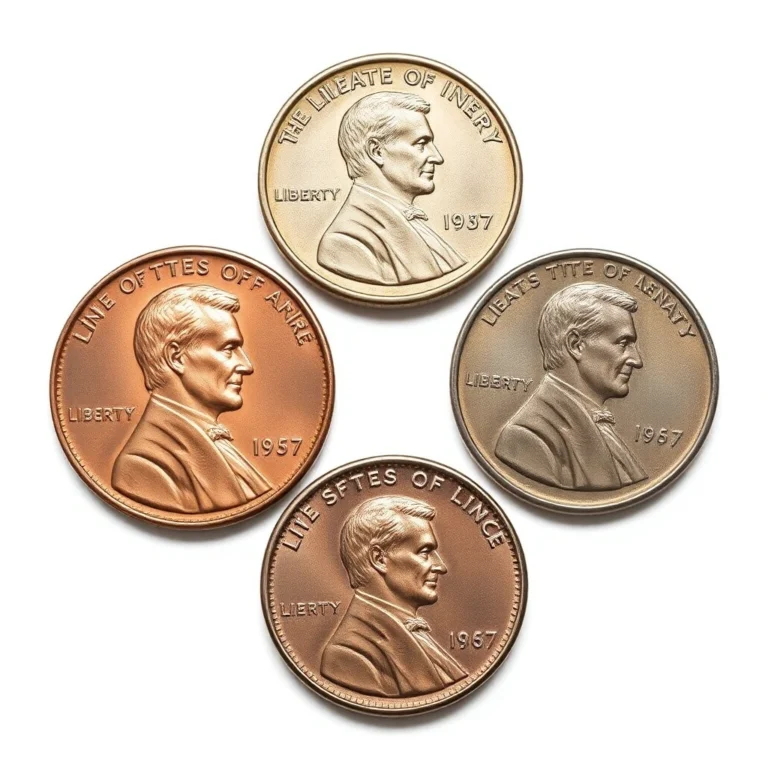Imagine uncovering a hidden relic that transforms your modest collection into a numismatic treasure trove. Welcome to the world of double die error coins, where a simple twist of fate during the minting process can yield a fortune. These coins, marked by their distinctive doubled images or inscriptions, hold a special allure for collectors who revel in the thrill of the hunt and the stories each piece tells.
This guide is your passport to understanding the nuances of double die errors, an essential chapter for anyone serious about coin collecting. You’ll discover how these fascinating anomalies occur, which coins are most coveted, and how to authenticate them. Armed with this knowledge, you’ll be able to spot treasures that others might overlook, elevating your collection to new heights.
As you delve into the intricacies of these rare coins, prepare to uncover not only their historical significance but also the potential for substantial financial gain. Could a double die error be hidden among your coins, just waiting to reveal its true worth?
Historical Background and Significance
Double die error coins have captivated numismatists for decades due to their unique beauty and historical significance. The term “double die” refers to a minting error where the die used to strike a coin has been impressed more than once, resulting in doubled images on the coin. This phenomenon became particularly prominent with the 1955 Lincoln Cent, which is perhaps the most famous double die error coin. Collectors highly prize these coins for their rarity and the intriguing stories they tell about the minting process.
Physical Characteristics and Design
The key feature of a double die error coin is the clear doubling of design elements, most commonly seen in the lettering, date, or other prominent features on the coin’s surface. Unlike mechanical doubling, which often appears flat and shelf-like, true double die errors exhibit rounded, well-defined duplicate images. This distinction is crucial for collectors who seek authenticity and value.
Mintage Figures and Rarity
Double die error coins are inherently rare due to the nature of the minting error. The mintage figures for these coins are often low because the error is typically caught and corrected early in the production process. The rarity is further amplified by the fact that many double die errors have been overlooked or spent, reducing the number available to collectors today.
Known Varieties and Errors
Several notable varieties of double die error coins exist, each with its own unique characteristics and market value. Some of the most famous include:
- 1955 Lincoln Cent Double Die Obverse: Known for its dramatic doubling of the date and the words “LIBERTY” and “IN GOD WE TRUST”.
- 1972 Lincoln Cent: Features noticeable doubling on the obverse, particularly in the inscriptions.
- 1937-D Buffalo Nickel: Displays doubled features in the motto and date.
Value Information
The value of double die error coins can vary significantly based on the coin’s condition and the rarity of the error. Below are estimated value ranges for a few notable double die errors:
| Grade | 1955 Lincoln Cent | 1972 Lincoln Cent | 1937-D Buffalo Nickel |
|---|---|---|---|
| Good (G-4) | $1,200-$1,500 | $300-$400 | $500-$700 |
| Very Good (VG-8) | $1,600-$2,000 | $450-$550 | $700-$900 |
| Fine (F-12) | $2,100-$2,500 | $600-$750 | $900-$1,100 |
| Very Fine (VF-20) | $2,600-$3,000 | $800-$1,000 | $1,200-$1,500 |
| Extremely Fine (EF-40) | $3,100-$3,500 | $1,200-$1,500 | $1,800-$2,200 |
| About Uncirculated (AU-50) | $3,600-$4,000 | $1,800-$2,200 | $2,500-$3,000 |
| Mint State (MS-60) | $4,500-$5,500 | $2,500-$3,000 | $3,500-$4,500 |
| Gem Mint State (MS-65) | $6,000-$7,000 | $3,500-$4,500 | $5,000-$6,500 |
Authentication Tips
Authenticating a double die error coin requires a careful examination of the coin’s features. Here are some tips to
FAQs
How does the value of double die error coins get determined?
The value of double die error coins is influenced by factors such as rarity, demand, condition, and the prominence of the doubling. Coins with well-defined and dramatic doubling tend to be more valuable. Consulting with a professional grading service can help establish an accurate value.
What are some tips for authenticating double die error coins?
To authenticate double die error coins, examine the coin under magnification, looking for clear doubling in areas such as the date, lettering, or design details. Comparing the coin to known examples in reference guides or consulting with a reputable coin expert can also help confirm its authenticity.
What advice would you give to someone starting a collection of double die error coins?
Start by researching and familiarizing yourself with the most sought-after double die varieties. Joining a numismatic society or online community can provide valuable insights and guidance. It’s also wise to purchase from reputable dealers and focus on quality over quantity.
What is the historical significance of double die error coins?
Double die error coins offer a glimpse into the minting process and highlight the human and mechanical errors that can occur. They are a testament to changes and improvements in minting technology over time and are appreciated for their unique place in numismatic history.
What are some common varieties or errors to look for in double die coins?
Some well-known varieties include the 1955 Lincoln cent, 1972 Lincoln cent, 1937-D Buffalo nickel, and the 2004 Peace Medal Jefferson nickel. Each has distinct doubling features that make them popular among collectors. Keep an eye out for these and other lesser-known varieties as you build your collection.
